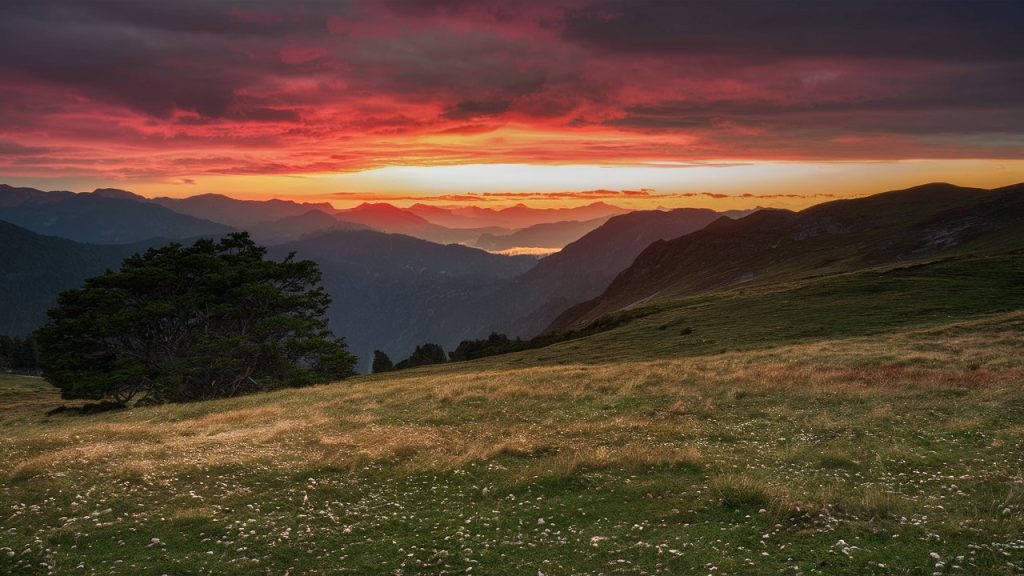Table of Contents
There is something undeniably magical about mornings. The fresh start of a new day brings a sense of tranquility and promise that is simply unmatched. Consequently, capturing the best morning pictures can be a rewarding endeavor for photographers and enthusiasts alike. In addition to the stunning visuals, morning photography offers unique opportunities to experiment with light and composition. Therefore, this article delves into the techniques and tips for taking the best morning pictures, ensuring your photos truly capture the beauty of the early hours.

The Charm of Morning Light
Firstly, it is essential to understand the unique qualities of morning light. Known as the golden hour, the period shortly after sunrise provides soft, warm light that enhances the natural beauty of any scene. Consequently, this time is ideal for photography as the low angle of the sun creates long shadows and a gentle glow. Moreover, the soft light minimizes harsh contrasts, making it perfect for capturing details and textures.
Choosing the Right Time and Location
When it comes to taking the best morning pictures, timing and location are crucial. Therefore, planning your shoot in advance can make a significant difference. Here are some tips to help you choose the right time and place:
- Check the Sunrise Time: Knowing the exact time of sunrise allows you to be prepared and in position to capture the first light. Additionally, arriving early gives you time to set up and experiment with different compositions.
- Scout Locations: Visiting potential locations ahead of time helps you identify the best spots for your morning shoot. In addition to familiarizing yourself with the area, you can also determine the best angles to capture the sunrise.
- Consider the Weather: Clear skies often result in beautiful morning light, but don’t discount cloudy or misty mornings. Moreover, these conditions can add a unique and ethereal quality to your photos.

Techniques for Capturing the Best Morning Pictures
To capture the best morning pictures, it is essential to employ certain techniques that highlight the beauty of the early hours. Here are some techniques to consider:
- Use a Tripod: Stability is key when shooting in low light conditions. Therefore, using a tripod ensures your camera remains steady, resulting in sharp and clear images.
- Play with Exposure: Morning light can be tricky to expose correctly. Experimenting with exposure settings allows you to find the perfect balance between light and shadow. In addition to using the camera’s histogram, bracketing your shots can help achieve the desired exposure.
- Incorporate Silhouettes: The contrast between the bright morning sky and darker foreground elements can create striking silhouettes. Consequently, positioning subjects like trees, buildings, or people against the rising sun can add drama to your photos.
- Capture Reflections: Bodies of water, such as lakes or rivers, can reflect the morning light beautifully. Therefore, incorporating reflections into your compositions can add depth and interest to your images.
- Focus on Details: Mornings often bring dew and other delicate details that can be captivating. Getting up close and focusing on these elements can result in unique and stunning photos. Moreover, macro lenses can be particularly useful for capturing such intricate details.
Post-Processing Tips for Morning Pictures

Post-processing is an essential step in bringing out the best in your morning pictures. In addition to enhancing the natural beauty of your photos, it allows you to correct any imperfections. Here are some tips for post-processing morning pictures:
- Adjust White Balance: Morning light can sometimes cast a warm or cool tone. Adjusting the white balance helps achieve the desired color temperature and enhances the overall mood of your photos.
- Enhance Colors and Contrast: Increasing the vibrancy and contrast can make your morning pictures pop. Additionally, careful adjustments to highlights and shadows can reveal more details and add depth to your images.
- Sharpen and Reduce Noise: Low light conditions can sometimes result in noisy images. Applying noise reduction and sharpening selectively can improve the overall quality of your photos.
- Use Graduated Filters: Graduated filters can help balance the exposure between the bright sky and darker foreground, ensuring a well-exposed image. Therefore, using these tools effectively can enhance the dynamic range of your photos G L Photo.
Conclusion
In conclusion, capturing the best morning pictures is a delightful and rewarding experience. By understanding the unique qualities of morning light and employing the right techniques, you can create stunning visuals that celebrate the beauty of a new day. Moreover, with careful planning and post-processing, your morning photos can truly shine. Therefore, embrace the magic of mornings, and let your camera capture the serene and captivating moments that each new day brings Best Morning Pictures.


